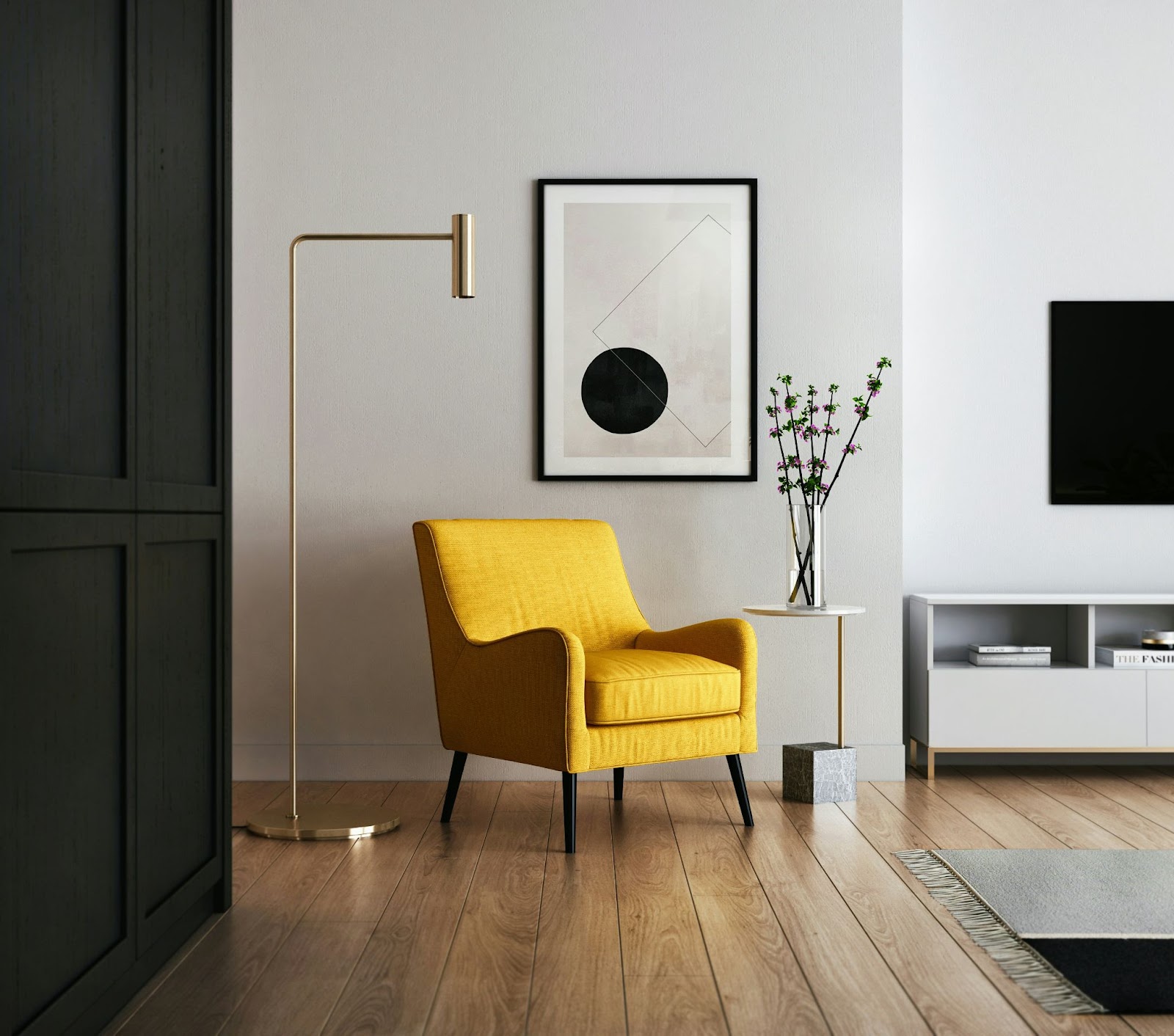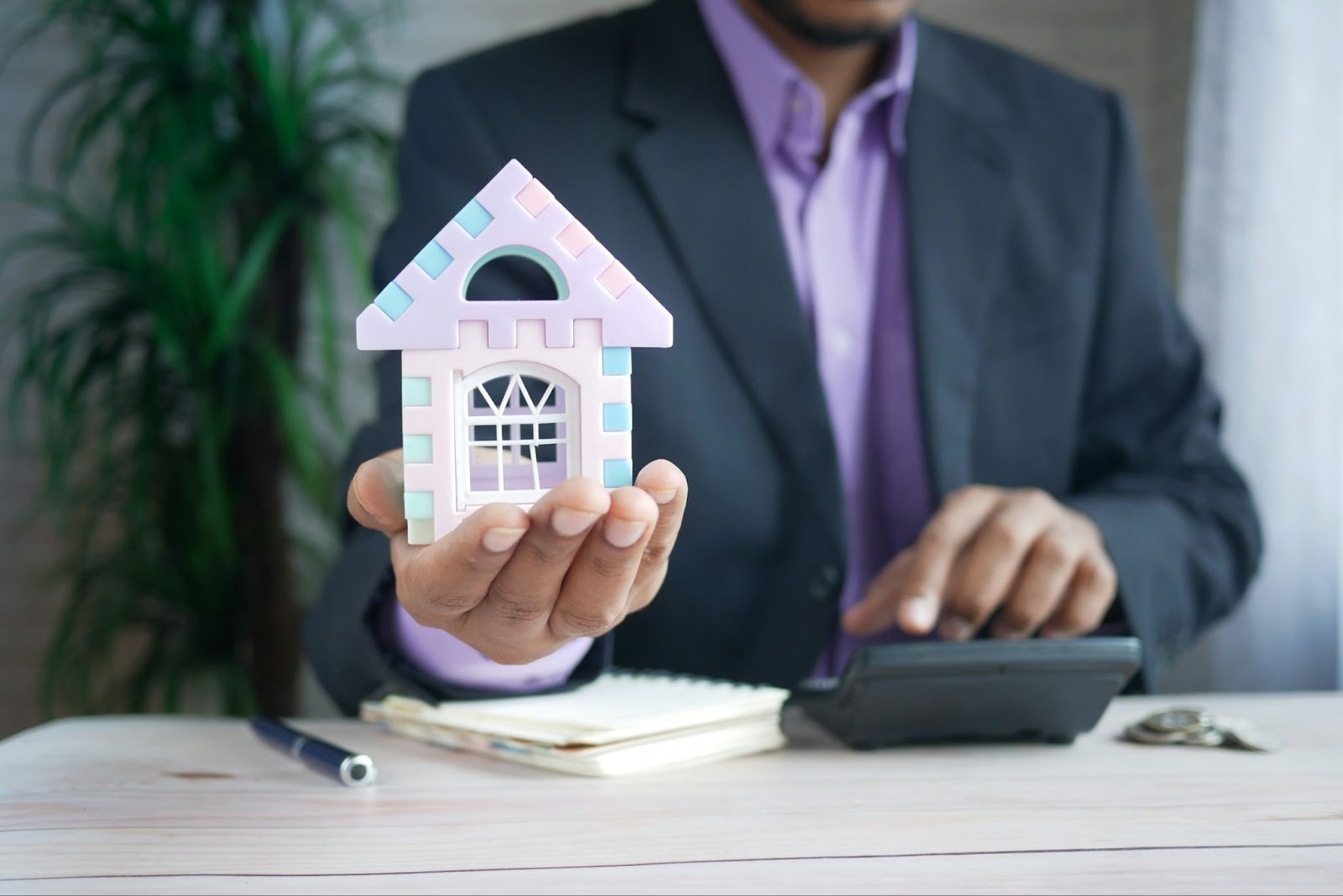You’ve probably heard of display homes, which are typically situated within land estates, where homebuilders can demonstrate their product to prospective buyers. You’ve potentially even visited some. But here’s why buying a display home could actually be worth your investment.
Display homes, also known as model homes or show homes, are built by homebuilders within developments to showcase the potential of their residential projects. These homes are designed to impress, and so are equipped with premium fittings, and often part of display villages, which are meticulously maintained and presented, offering a glimpse into a highly desirable lifestyle.
When it comes to purchasing a new home, the decision-making process is filled with considerations about location, design, and cost. In many cases, the base cost of these homes is much lower than the version you see in a display village, due to all of the premium upgrades applied. So, it means buyers can be shocked when faced with the real cost of the home they have their eye on. Buying a display is a way to circumvent these additional costs.
How does it work?
Each home builder will offer different incentives to buyers who choose to purchase a display home.
In many cases, the display home is purchased under the terms that the homebuilder actually rents the house from the buyer, for around two years. During this time, the homebuilder continues to maintain the house, keeping on display to the public. But when that two year term (or whatever is agreed upon) expires, the home is back in the hands of its buyer. From there, the buyer could continue to rent it out as an investment property, or move in themselves. Or, they could sell.
These are attractive choices for investors particularly, who don’t intend to live in the house themselves, and so the delay between buying & using the house is not an issue. However they’re still a great choice for those who are not in a rush to move & are looking to get some money back on their investment.
There are also cases where the homebuilder sells the house once they are completely finished with using it, meaning the buyer can move into the display home immediately. These are a great way to get a price-cut on upgraded inclusions, and move into a turnkey property.
Benefits of Owning a Display Home
Owning a display home comes with a distinct set of advantages that can appeal to both investors and those looking for a new residence. These homes, designed to showcase a builder's best work, offer a unique blend of luxury, convenience, and financial benefits.
Here’s why purchasing a display home could be your smartest move:
Premium Quality and Luxurious Features
Display homes are constructed with the intention of impressing potential buyers, resulting in a higher level of finish and attention to detail. They come equipped with high-end fixtures, state-of-the-art appliances, and luxurious finishes.

Turnkey Readiness
Many display homes are only for sale once the builder no longer needs it – meaning they are complete turnkey homes. This is one of their most compelling benefits. These homes are designed to be showcased, meaning they come fully landscaped, sometimes with interior design elements in place.
New owners can enjoy the convenience of moving into these homes, which requires no additional work — a significant advantage for those who value ease and efficiency in their move.
Investment Opportunity and Leaseback Benefits
Some builders sell their display homes with a leaseback agreement, where the builder rents the home back for a predetermined period to use as a showroom. This offers a guaranteed income stream, and can assist to offset their mortgage costs.
This arrangement typically provides a higher rental yield than traditional rental properties and comes with the added benefit of the builder maintaining the property in showroom condition. This means the property receives professional cleaning and maintenance, relieving the owner of these responsibilities and ensuring the home remains in top condition without additional costs. For investors, it’s a fairly smart choice.
Due to their high-quality construction, superior features, and often desirable locations within new developments, display homes can command an enhanced resale value.

Challenges of Display Home Ownership
While owning a display home comes with numerous advantages, there are also some potential downsides to consider. These homes, designed primarily to showcase a builder's capabilities, might not perfectly align with every buyer's expectations or needs.
Here are some of the main disadvantages associated with having a display home:
Limited Customisation Options
Display homes are built to represent the builder's vision and craftsmanship, often with specific themes and high-end finishes that may not suit everyone's taste. In the same way as buying an established home, buyers of display homes have little to no opportunity to influence the design or material choices, which means living with the existing layout, interior design, and landscaping, regardless of personal preferences. For those who dream of customising their home to reflect their style, a display home may feel restrictive.

Wear and Tear from Public Viewing
Although maintained to high standards, display homes are open to the public for viewing, leading to foot traffic that can cause wear and tear, particularly on flooring, fixtures, and landscaping. This aspect might detract from the appeal of buying a "new" home, as some elements may show signs of use by the time the owner moves in.
Financing Challenges
Some lenders may have reservations about financing display homes due to the leaseback arrangements and the potential for higher-than-market pricing. The unique nature of these sales can complicate the appraisal process, potentially affecting loan terms and availability. Buyers interested in display homes should prepare for a possibly more complex financing process compared to standard home purchases.
Location Within the Development
Display homes are often situated at the entrance of a housing estate or in areas with high visibility to attract potential buyers. While advantageous for the builder, this positioning may not align with all buyers' preferences, especially those seeking privacy or a quieter spot within the community.
Uncertain Leaseback Periods
The leaseback agreement offers a guaranteed rental income for a set period, but the exact duration can be uncertain and depends on the builder's needs. If the development sells quickly, the builder may end the leaseback earlier than anticipated, which might not align with the owner's financial or living arrangements.
Should You Buy a Display Home?

Deciding to purchase a display home involves weighing both the unique advantages and potential drawbacks. While these homes offer premium features, turnkey convenience, and investment opportunities, considerations such as limited customisation and financing challenges must also be taken into account.
Publisher Website: www.homeshelf.com.au